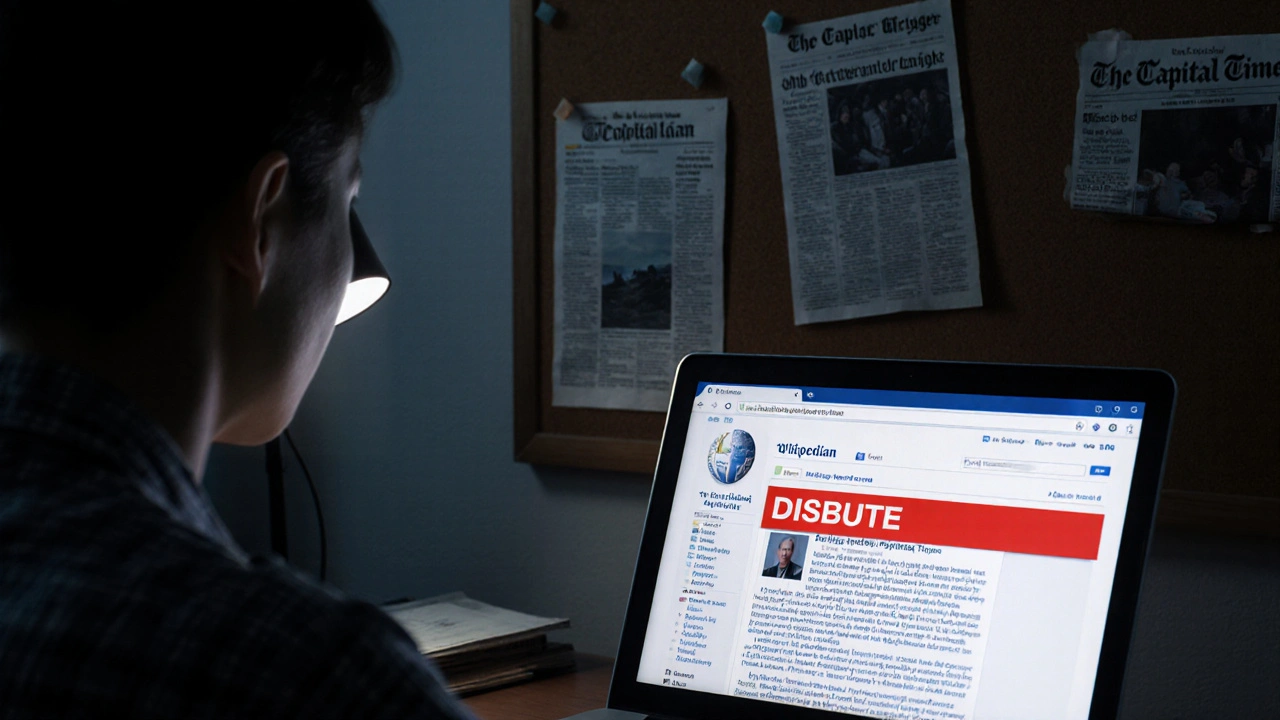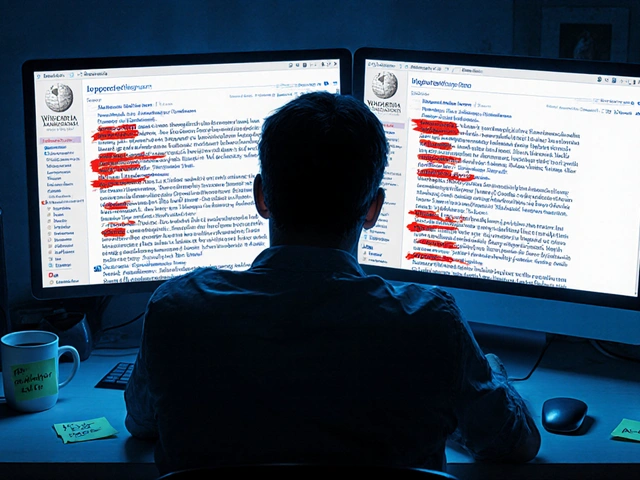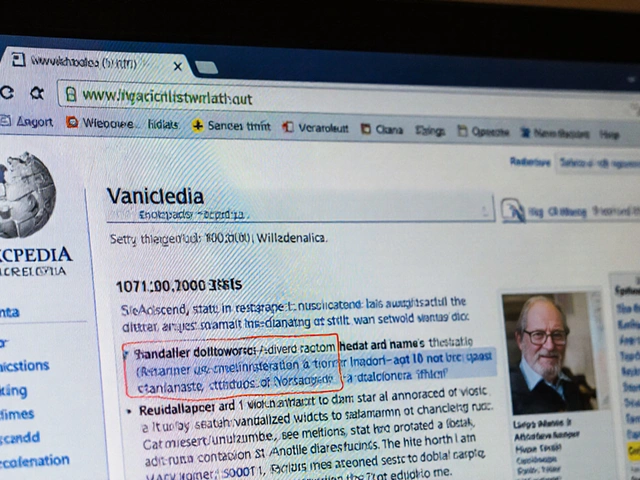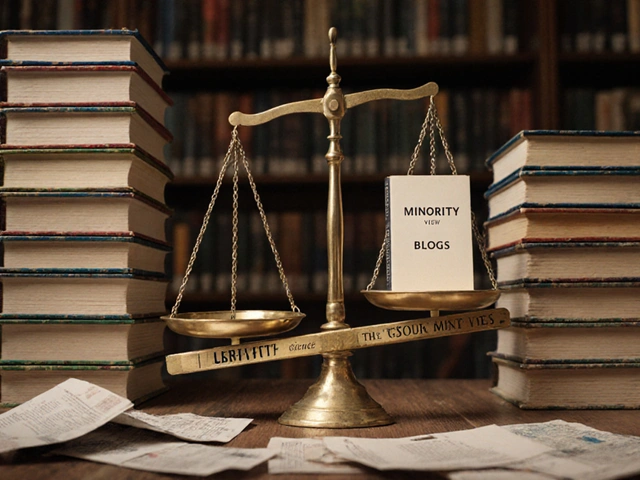Reputation Recovery on Wikipedia: Fixing Trust, Bias, and Editor Conflicts
When a Wikipedia article gets flagged for bias, misinformation, or poor sourcing, it’s not just the content that suffers—it’s the site’s overall reputation recovery, the process of rebuilding public and editorial trust after damage to Wikipedia’s credibility. Also known as trust restoration, it’s what happens when editors fix systemic gaps, correct harmful edits, and prove that Wikipedia still delivers reliable knowledge despite its open model. This isn’t about PR. It’s about daily work: undoing vandalism, updating outdated claims, and making sure marginalized voices aren’t erased. Every time a volunteer adds a credible source to a disputed article, or a task force revises language that reinforces stereotypes, they’re doing reputation recovery.
Reputation recovery doesn’t happen in a vacuum. It’s tied directly to how Wikipedia handles Wikipedia bias, systemic gaps in coverage that favor certain perspectives while silencing others. Look at the case studies on Indigenous representation or gender gaps in biographies—those aren’t just editing projects. They’re trust-building operations. When the Wikimedia Foundation, the nonprofit that supports Wikipedia’s infrastructure and policy development funds efforts to fix these gaps, it’s not charity. It’s damage control. And it works. Surveys show people still trust Wikipedia more than AI encyclopedias—not because it’s perfect, but because it admits mistakes and fixes them publicly.
Then there’s editor conflicts, heated disputes between contributors that can derail articles and scare off new editors. These aren’t just drama. They’re reputation risks. A single edit war on a high-profile topic can go viral, making Wikipedia look chaotic. That’s why consensus-building techniques, watchlist monitoring, and clear policy hierarchies matter. When editors use due weight policies to balance majority and minority views—or when the Signpost calls out bad behavior—it’s not journalism. It’s reputation recovery in action.
And it’s not always about big changes. Sometimes, it’s a single editor fixing a misleading citation, or a volunteer clearing a backlog of copy edits that made articles unreadable. These quiet acts add up. They show that Wikipedia’s strength isn’t in being flawless—it’s in being repairable. The posts below show you how this happens: from copyright takedowns that erase knowledge, to AI tools that threaten to freeze bias, to how journalists misuse Wikipedia and make the problem worse. You’ll see how trust is lost, how it’s rebuilt, and what you can do to help—even if you’re not an expert.
How to Repair Your Reputation After a Wikipedia Dispute
Wikipedia disputes can damage your reputation even after they’re resolved. Learn how to recover by using credible sources, avoiding conflict-of-interest mistakes, and building positive content that outranks the article in search results.







